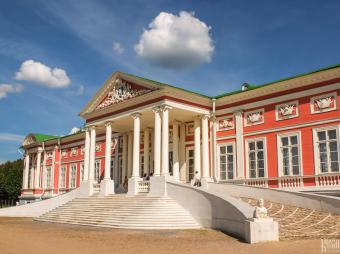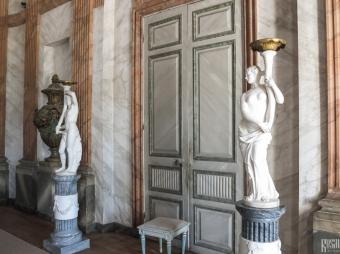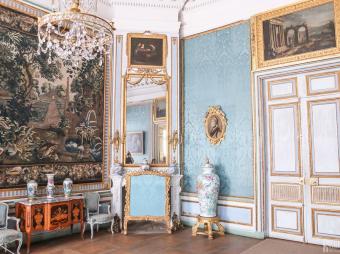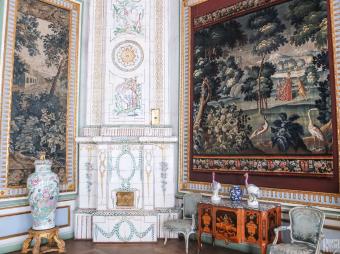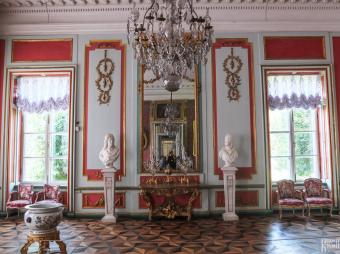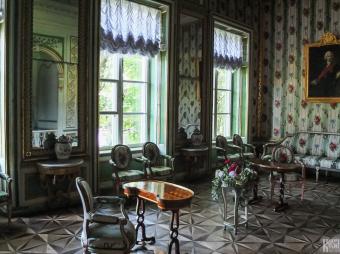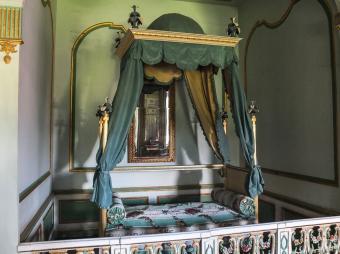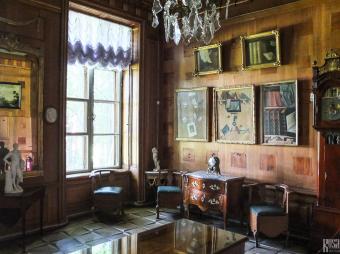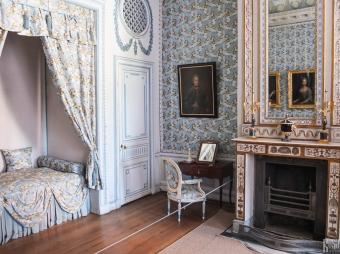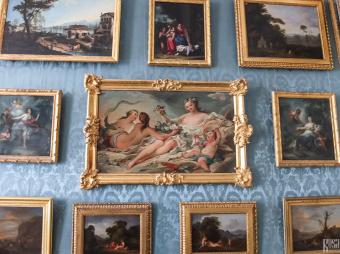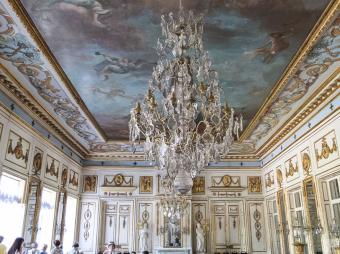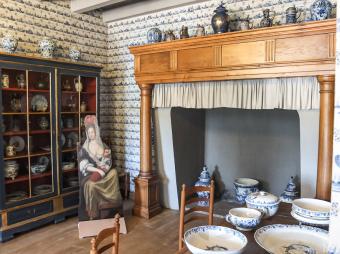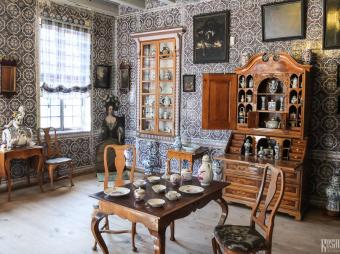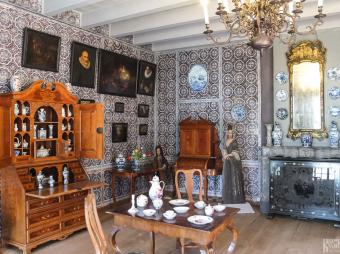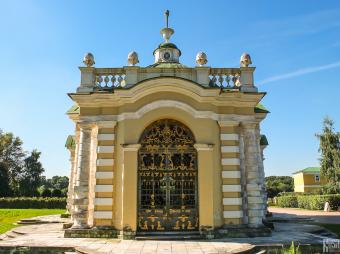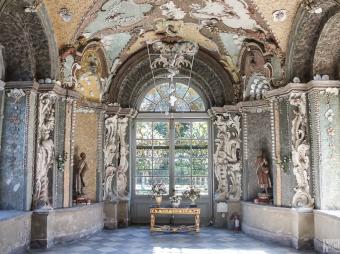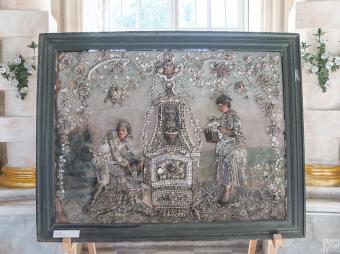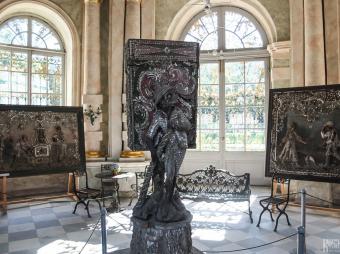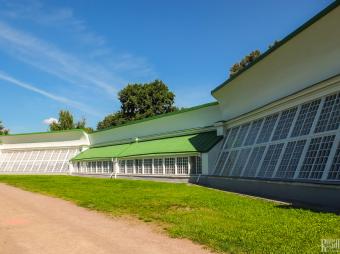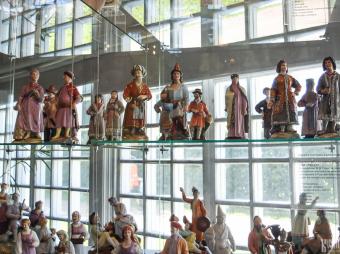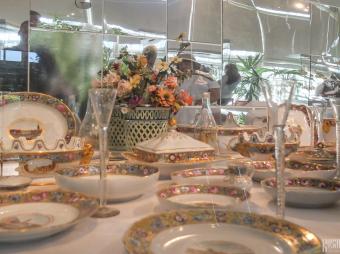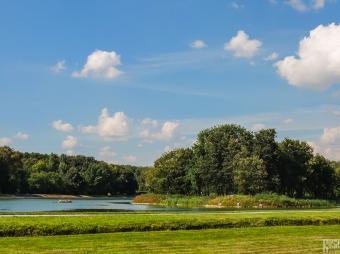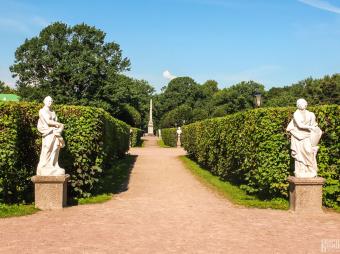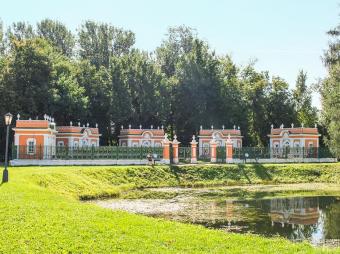Around Ryazansky Prospekt Metro Station
Kuskovo Estate

The Kuskovo Estate served as the summer residence of the Sheremetev noble family for around 300 years. Kuskovo first became owned by the Sheremetevs in the late 16th century. It is believed that the name is derived from the Russian word for piece - 'kuskok', as when the Sheremetevs first acquired the land, it was just a small piece of a much larger neighbouring land plot. The first wooden buildings were constructed there in the early 17th century, although the complex which survives today was mainly built in the second half of the 18th century under Count Pyotr Sheremetev.
In 1919 the estate was nationalised and turned into a museum, which it remains today. Large-scale restoration work was carried out at the estate in the 1970s and 1980s. It has since become a tradition for the US Embassy to hold American Independence Day celebrations at this estate. There is free admission on the third Sunday of the month.
Grand Palace
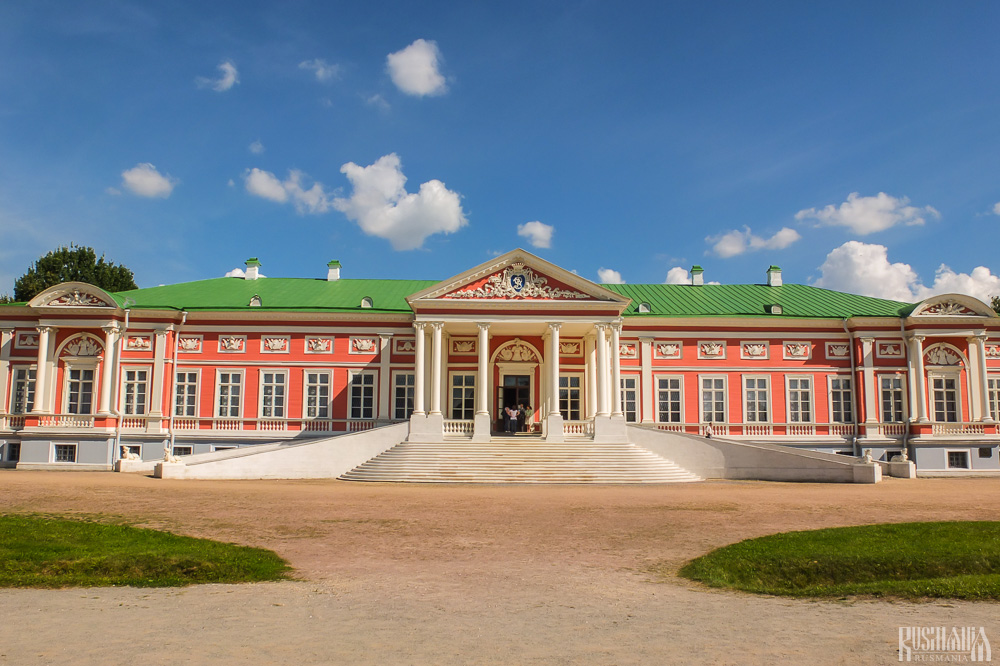
The centrepiece of the estate is the Grand Palace which was built between 1769 and 1775 and stands facing the large pond. The palace's chief architect was Karl Blank who was commissioned by Count Pyotr Sheremetev. The two-storey palace was built in the classical style with columns decorating its façade. It was designed for holding balls and for receiving guests and its interiors, which were restored between 1976 and 1983, are as grand as you would expect for the residence of the extremely wealthy Sheremetev dynasty. The palace also holds exhibitions on Count Pyotr Sheremetev, the serf-actress Praskovia Kovaleva-Zhemchugova (who later married Count Nikolai Sheremetev causing some scandal) and on Russian and European porcelain. You can get here by bus No. 133 or No. 208 from Ryanzansky Prospekt metro station or bus No. 620 or minibus No. 9M from Vykhino metro station
Merciful Christ Church

Immediately next to the palace is the Merciful Christ Church which is the oldest surviving building in the estate having been built between 1737 and 1739. It consists of a small single-domed structure with a small free-standing bell tower next door.
Dutch House

In the far west of the main section of the estate gardens, standing on a pond which is connected to the large pond via a small canal, is the Dutch House. It was built in 1749 in the style of a 17th century Dutch town house in memory of Peter the Great, who was an admirer of the country.
Grotto
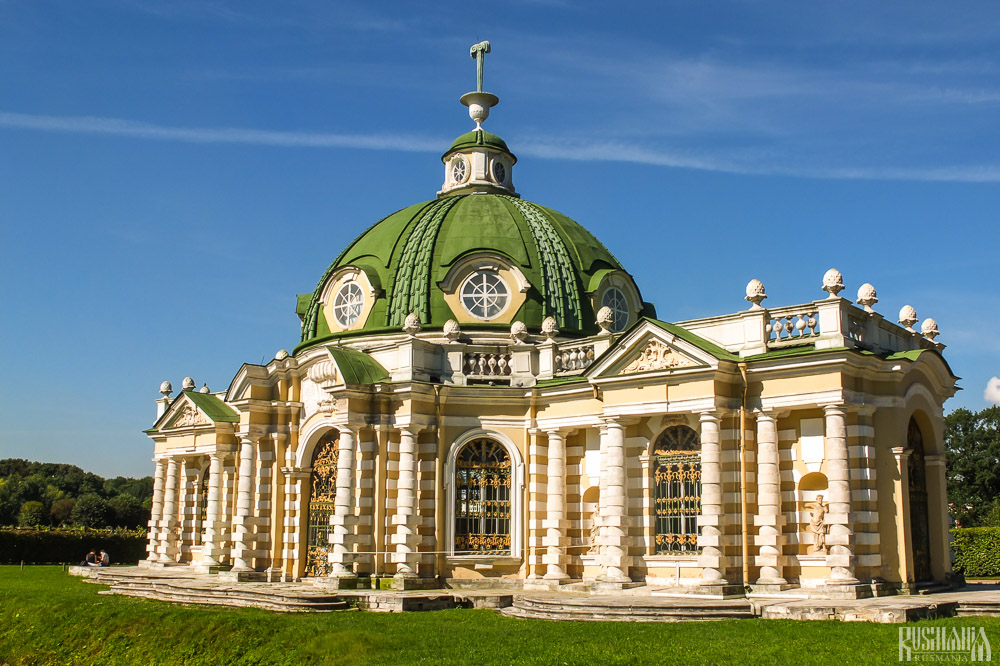
To the east of the palace is the estate's Grotto which was built between 1755 and 1761 as a place to entertain a small group of guests on hot summer days. Its interior is beautifully decorated with imitation green marble, sculptures, Corinthian columns, seashell mosaic art and a marble floor.
Italian House
Just behind the Grotto is the Italian House which stands outside the Italian Pond. The house gets its name as it was built between 1754 and 1755 in the style of a 17th century Italian villa. Behind the pond is a modern replica of five 18th century stone buildings which were used as a menagerie for swans and other birds.
Hermitage
Behind the palace are the estate's gardens which were laid out in the French style. In the centre of the gardens is a statue of Minerva, the Roman goddess of wisdom and handicrafts. Just to the south-west of this statue is the estate's Hermitage which was built between 1765 and 1767, also under the guidance of Karl Blank, as a pavilion for receiving an intimate group of guests. The Hermitage's interiors have not survived and it is only open to the public when temporary exhibitions are held here.
Orangeries

Finally, at the back of the gardens are the Large Stone Orangery and the American Orangery. The Large Stone Orangery is currently undergoing restoration work, but the five halls of the American Orangery hold the State Museum of Ceramics, which displays examples of Russian porcelain from the 18th to 19th centuries.
| Location | 2 Ulitsa Yunosti |
|---|---|
| Metro | Ryazansky Prospekt, Vykhino |
| Website | http://kuskovo.ru/en |
| Clock | 10:00 - 18:00 in summer and 10:00 - 16:00 in winter. Closed on Mondays, Tuesdays and the last Wednesday of the month. (Museums) |
| Clock | 10:00 - 20:00 in summer and 10:00 - 16:00 in winter. (Grounds) |

